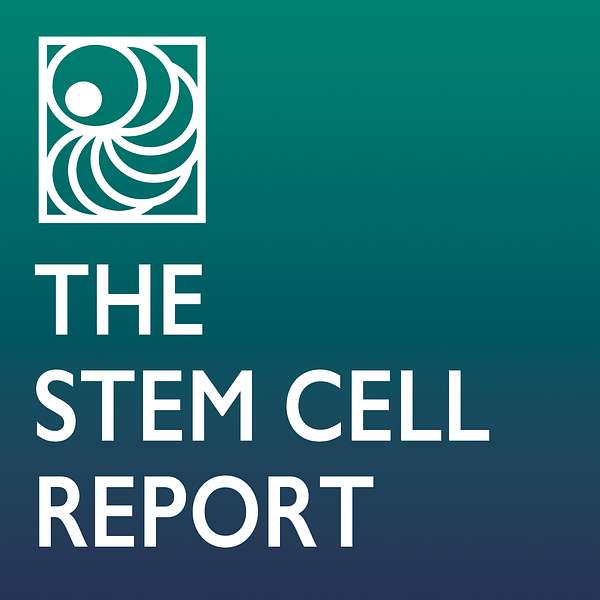
The Stem Cell Report with Janet Rossant
Stem cell science has catapulted to the forefront of biomedical research over the last decade, bringing with it the potential to transform human health and the treatment of devastating diseases and disorders. Janet Rossant, an internationally recognized stem cell pioneer and the dynamic editor-in-chief of Stem Cell Reports, explores basic discoveries in stem cell research and its application. Dr. Rossant goes “beyond the paper,” bringing authors together to draw new insights and explore the questions and creativity that drive new breakthroughs. Stem Cell Reports, published by the International Society for Stem Cell Research (ISSCR), is an open-access, peer reviewed journal that supports the field of stem cell research and regenerative medicine.
The Stem Cell Report with Janet Rossant
Guidelines for Managing and Using the Digital Phenotypes of Pluripotent Stem Cell Lines
The ability of human pluripotent and somatic stem cells to differentiate into multiple cell types of the human body makes them uniquely useful to model human development and disease. As a result, these cells are shared, edited, and differentiated by laboratories across the world for basic research, clinical translation, and commercial applications. Large and genotypically diverse collections of pluripotent stem cells are being generated to support large cohort-scale research into conditions such as Parkinson’s disease and amyotrophic lateral sclerosis, among many others. However, information about these cells, their derivatives, and the resulting data can be difficult to track due to a myriad of factors including poor naming practices, siloed datasets, and incomplete information on experimental practices in the published literature. As a result, the ability to maximize the utility of these cells and data from them is limited, and the rigor and reproducibility of the research and its application may be seriously compromised. Our guests today, who were part of the ISSCR Task Force that developed the Standards for the Use of Human Stem Cells in Research, will discuss in detail a framework to manage these issues using stem cell registries.
Guest
Andreas Kurtz, PhD, Fraunhofer Institute for Biomedical Engineering and the Berlin Institute of Health Center for Regenerative Therapies
Christine Wells, PhD, University of Melbourne Centre for Stem Cell Systems
Host
Martin Pera, Editor-in-Chief, Stem Cell Reports and The Jackson Laboratory
X: @martinperaJAX
Supporting Resources
Guidelines for managing and using the digital phenotypes of pluripotent stem cell lines, Stem Cell Reports
About Stem Cell Reports
Stem Cell Reports is the open access, peer-reviewed journal of the International Society for Stem Cell Research (ISSCR) for communicating basic discoveries in stem cell research, in addition to translational and clinical studies. Stem Cell Reports focuses on original research with conceptual or practical advances that are of broad interest to stem cell biologists and clinicians.
X: @StemCellReports
About ISSCR
With nearly 5,000 members from more than 80 countries, the International Society for Stem Cell Research (@ISSCR) is the preeminent global, cross-disciplinary, science-based organization dedicated to stem cell research and its translation to the clinic. The ISSCR mission is to promote excellence in stem cell science and applications to human health.
ISSCR Staff
Keith Alm, Chief Executive Officer
Yvonne Fisher, Managing Editor, Stem Cell Reports
Kym Kilbourne, Director of Media and Strategic Communications
Jack Mosher, Scientific Advisor
Voice Work
Ben Snitkoff